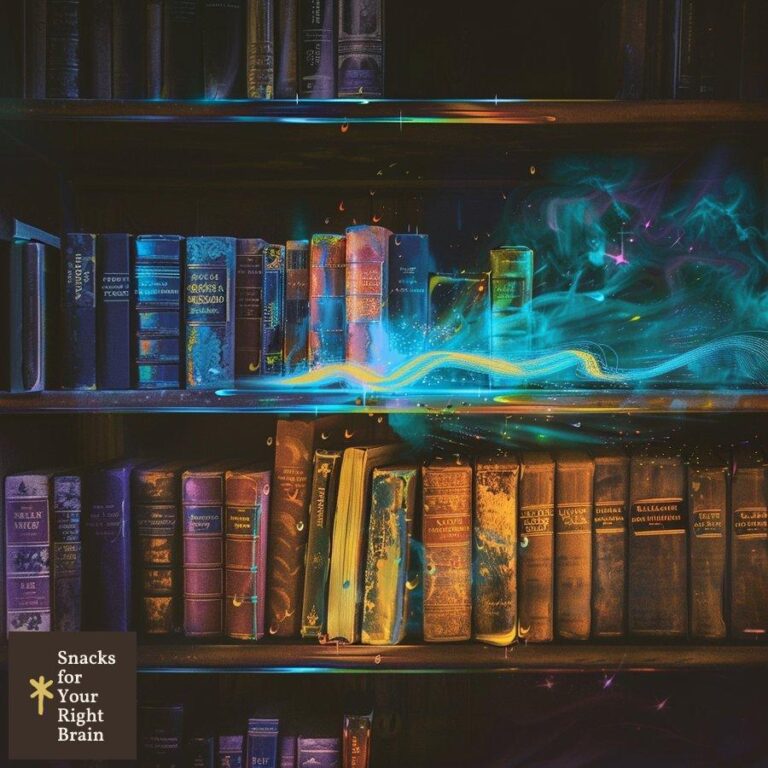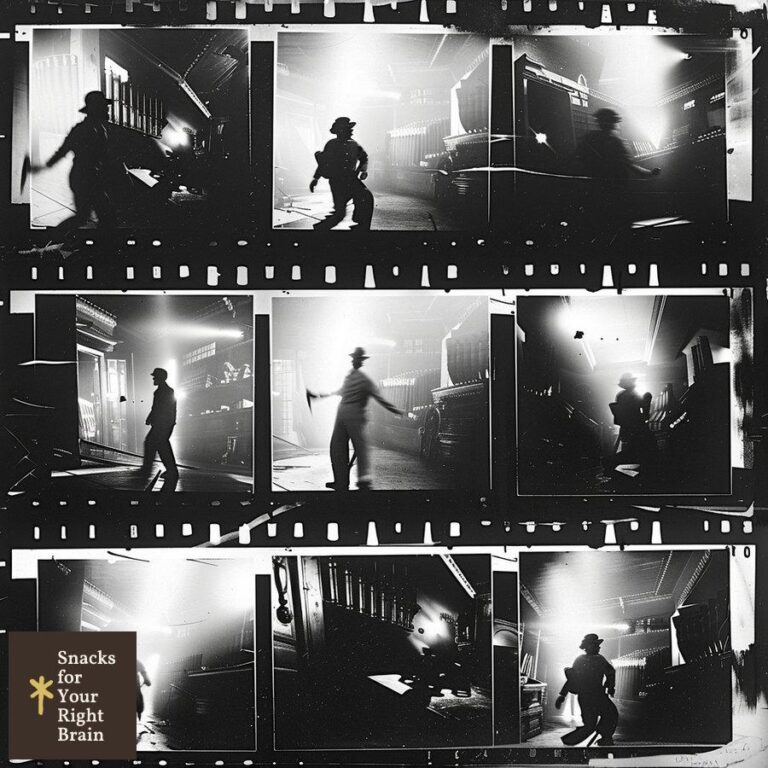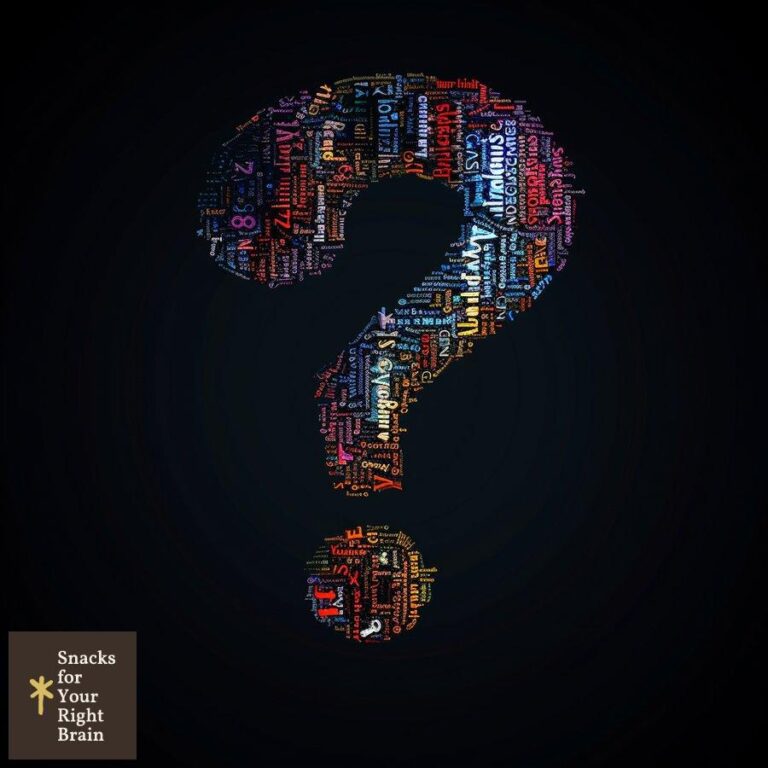What Are the Genre Conventions of a Story
What are Genre Conventions in Storytelling?
Genre conventions are the established rules, patterns, and expectations that define a particular type or category of story. They serve as a framework for both writers and readers, guiding the creation and interpretation of narratives within specific genres. These conventions encompass various elements such as theme, setting, character archetypes, plot devices, and stylistic choices that are commonly associated with a genre.
The concept of genre conventions is rooted in the idea that stories can be classified into distinct categories based on their shared characteristics. These categories, or genres, help readers anticipate and engage with stories in a more meaningful way. By adhering to or subverting genre conventions, writers can create stories that resonate with their target audience, evoke specific emotions, and explore universal themes in a familiar yet innovative manner.

What are the Key Elements that Define Genre Conventions?
Genre conventions are multifaceted, consisting of various elements that work together to create a cohesive and recognizable story. These elements include:

Theme and Subject Matter
The central ideas or topics explored in a story are crucial in defining its genre. For example, stories dealing with themes of love, relationships, and personal growth are often categorized as romance, while stories that explore themes of good versus evil, heroism, and sacrifice are typically associated with the fantasy or superhero genres.
Setting and Worldbuilding
The physical and social environments in which a story takes place play a significant role in shaping its genre conventions. The setting can range from a realistic, contemporary city to a fantastical, otherworldly realm. The level of detail and the rules governing the story’s universe, known as worldbuilding, also contribute to the genre’s conventions.
Character Archetypes
Certain character types are commonly associated with specific genres. These archetypes, such as the hero, the villain, the mentor, and the sidekick, often follow predictable patterns and serve specific functions within the story. For instance, the damsel in distress is a common archetype in romance and adventure stories, while the detective or private investigator is a staple in mystery and crime fiction.
Plot Devices and Story Structure
The sequence of events and the way they unfold in a story are crucial elements of genre conventions. Certain plot devices, such as the hero’s journey, the twist ending, or the race against time, are commonly associated with specific genres. The overall structure of the story, including the inciting incident, rising action, climax, and resolution, also contributes to the genre’s conventions.
Tone and Style
The overall mood, atmosphere, and stylistic choices of a story can significantly impact its genre. For example, stories with a dark, gritty tone are often associated with the noir or horror genres, while stories with a lighthearted, comedic tone are typically categorized as romantic comedies or slapstick humor.
These elements work together to create a cohesive and recognizable genre convention. Writers can manipulate these elements to create stories that adhere to or subvert reader expectations, leading to a more engaging and memorable reading experience.
How Do Genre Conventions Shape Reader Expectations?

Genre conventions play a crucial role in shaping reader expectations, as they provide a framework for understanding and engaging with stories. When readers approach a story, they bring with them a set of expectations based on the genre’s conventions. These expectations can influence their interpretation of the story, their emotional investment in the characters, and their overall satisfaction with the narrative.
Anticipation and Familiarity
Readers often approach stories within familiar genres with a sense of anticipation and familiarity. They expect to encounter certain elements, such as character archetypes, plot devices, and stylistic choices, that are commonly associated with the genre. This familiarity can provide a sense of comfort and security, as readers can navigate the story with a certain level of predictability.
Emotional Investment
Genre conventions can also shape reader expectations regarding the emotional impact of a story. Readers may approach certain genres with specific emotional expectations, such as the thrill of a mystery, the heartbreak of a tragedy, or the laughter of a comedy. Writers can leverage these expectations to create a more immersive and engaging reading experience, as readers are more likely to invest emotionally in stories that align with their genre-based expectations.
Satisfaction and Surprise
Readers often seek a balance between meeting their expectations and experiencing something new and unexpected. While adhering to genre conventions can provide a sense of satisfaction, subverting these conventions can lead to a more surprising and memorable reading experience. Writers who skillfully balance familiarity and innovation within their chosen genre can create stories that both meet and exceed reader expectations.
What are Examples of Genre Conventions in Various Genres?
Genre conventions can vary widely across different types of stories. Here are some examples of genre conventions in various genres:

Romance
- The story focuses on the romantic relationship between two main characters.
- There is a central conflict or obstacle that threatens the characters’ relationship.
- The story culminates in a happy ending or resolution to the central conflict.
- Common character archetypes include the hero, the heroine, and the romantic rival.
Mystery
- A crime or mystery is at the center of the story.
- The protagonist, often a detective or investigator, works to solve the mystery.
- The story includes clues, red herrings, and plot twists to keep readers guessing.
- The story culminates in the revelation of the culprit and the resolution of the mystery.
Science Fiction
- The story is set in the future, an alternate reality, or a technologically advanced world.
- The story explores themes related to science, technology, and their impact on society.
- The story includes elements such as futuristic technology, alien life forms, or space travel.
- The story often includes a hero who must confront the challenges posed by the advanced technology or alien forces.
Fantasy
- The story is set in a world that differs from our own, often with magical or supernatural elements.
- The story includes mythical creatures, such as dragons, elves, or wizards.
- The story often includes a hero’s journey, where the protagonist must overcome challenges and obstacles to achieve a greater good.
- The story often includes themes of good versus evil, the power of magic, or the importance of friendship and loyalty.
Horror
- The story is designed to scare, unsettle, or disturb the reader.
- The story includes elements of the supernatural, the unknown, or the twisted and depraved.
- The story often includes a monster or antagonist that poses a threat to the protagonist and other characters.
- The story often includes jump scares, suspense, and a sense of dread or unease.
These are just a few examples of genre conventions in various genres. Each genre has its own unique set of conventions that shape the story’s themes, characters, and plot devices.
How Can Readers Identify Genre Conventions in Texts?
Readers can identify genre conventions in texts by looking for specific elements that are commonly associated with a particular genre. Here are some ways readers can identify genre conventions:
Examining the Setting and Worldbuilding
Readers can look at the physical and social environments in which the story takes place to identify genre conventions. For example, a story set in a futuristic city with advanced technology is likely to be science fiction, while a story set in a medieval fantasy world with magic and mythical creatures is likely to be fantasy.
Identifying Character Archetypes
Readers can look at the main characters in the story and identify any character archetypes that are commonly associated with specific genres. For example, a story with a detective protagonist and a mysterious crime at its center is likely to be a mystery, while a story with a hero who must overcome challenges and obstacles to achieve a greater good is likely to be fantasy or adventure.
Analyzing the Plot and Story Structure
Readers can look at the sequence of events and the way they unfold in the story to identify genre conventions. For example, a story with a central mystery that the protagonist must solve is likely to be a mystery, while a story with a hero’s journey and a battle between good and evil is likely to be fantasy or adventure.
Considering the Tone and Style
Readers can look at the overall mood, atmosphere, and stylistic choices of the story to identify genre conventions. For example, a story with a dark, gritty tone and a focus on the supernatural is likely to be horror, while a story with a lighthearted, comedic tone and a focus on romantic relationships is likely to be a romantic comedy.
By looking for these elements, readers can identify genre conventions in texts and gain a better understanding of the story’s themes, characters, and plot devices.
What is the Impact of Genre Conventions on Audience Reception?
Genre conventions have a significant impact on audience reception, as they shape the way readers approach and engage with stories. Here are some ways in which genre conventions impact audience reception:
Familiarity and Comfort
Readers often approach stories within familiar genres with a sense of comfort and familiarity. They expect to encounter certain elements, such as character archetypes and plot devices, that are commonly associated with the genre. This familiarity can lead to a more enjoyable and satisfying reading experience, as readers can navigate the story with a certain level of predictability.
Emotional Investment
Genre conventions can also shape audience reception by influencing the emotional impact of a story. Readers may approach certain genres with specific emotional expectations, such as the thrill of a mystery, the heartbreak of a tragedy, or the laughter of a comedy. Writers who meet these expectations can create a more immersive and engaging reading experience, as readers are more likely to invest emotionally in stories that align with their genre-based expectations.
Subversion and Innovation
While adhering to genre conventions can provide a sense of satisfaction, subverting these conventions can lead to a more surprising and memorable reading experience. Readers who are familiar with a genre’s conventions may appreciate stories that offer a fresh perspective or innovative twist on the familiar formula. However, subverting genre conventions too much can also lead to reader disappointment or confusion if the story strays too far from the expected conventions.
Shared Experience and Community
Genre conventions can also create a sense of shared experience and community among readers. Readers who enjoy a particular genre may seek out stories that adhere to the genre’s conventions, creating a sense of belonging and shared interest. This shared experience can lead to the formation of fan communities and the creation of new stories that build upon the existing conventions of the genre.
Overall, genre conventions have a significant impact on audience reception, shaping the way readers approach and engage with stories. Writers who understand and leverage genre conventions can create stories that resonate with their target audience and leave a lasting impression.






